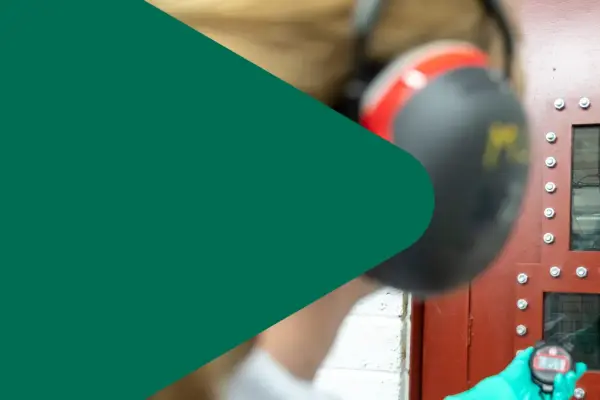
Don't Gamble with Flammable Dust. Explore Our Dust Hazard Solutions.
Find out how we can identify and manage flammable dust risks to protect your people and assets.

Don't Gamble with Flammable Dust. Explore Our Dust Hazard Solutions.
Find out how we can identify and manage flammable dust risks to protect your people and assets.
Combustible Dust Testing
At DEKRA UK, our team of experts is at the heart of our commitment to process safety. Comprised of highly skilled scientists with extensive experience in process safety testing, our team works diligently in state-of-the-art labs to ensure the highest standards of safety and reliability.
Speak to us
Q: What types of materials qualify as combustible dusts?
A: More than 70% of powders handled in industry are recognised as flammable. Processing powdered sugar, flour, aluminum powder and even aspirin can create significant risk of fire and explosion, and this can occur when the substance is in the form of a layer of powder, a cloud of dust or during decomposition. Of course, there are other sources of combustible dust and new materials are constantly being developed that require testing, but it is important to realize that even substances that are not normally associated with flammability or explosivity can indeed cause disastrous incidents. These materials are made more dangerous by the lack of awareness surrounding them.
Q: What causes a dust or powder to ignite or explode?
Q: How can I get started with confronting these dust hazards?
Q: What are some of the measures that make up a “Basis of Safety”?
Q: What sort of testing is required?
Q: How can DEKRA Process Safety help?
- Dust Explosion Guidance Series Issue 1: Sack Rip and Tip Stations
- DEKRA Dust Explosion Guidance Series Issue 2: Powder Blending
- DEKRA Dust Explosion Guidance Series Issue 3: Silo Filing and Emptying
- DEKRA Dust Explosion Guidance Series Issue 4: Pneumatic Conveying of Powders
- DEKRA Dust Explosion Guidance Series Issue 5: Powder Milling
- Focus Article: Completing Your First Dust Hazard Analysis